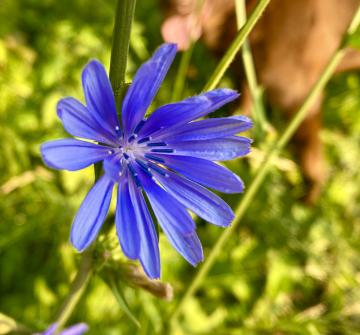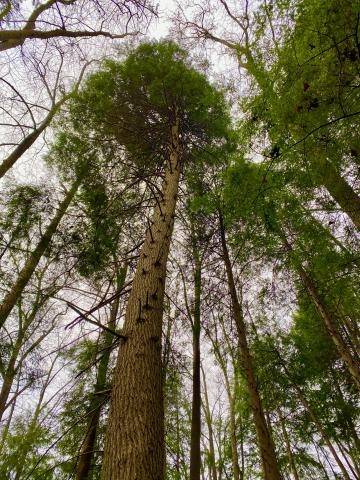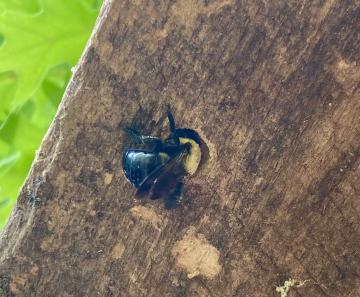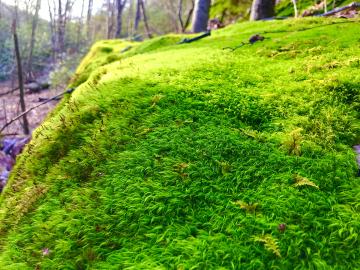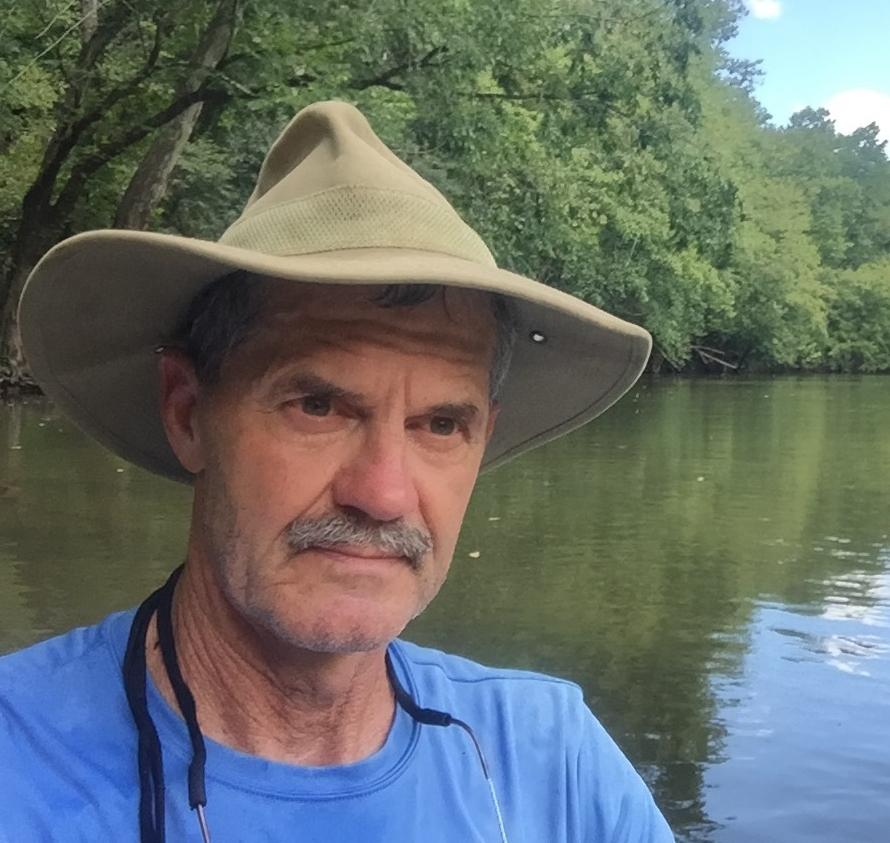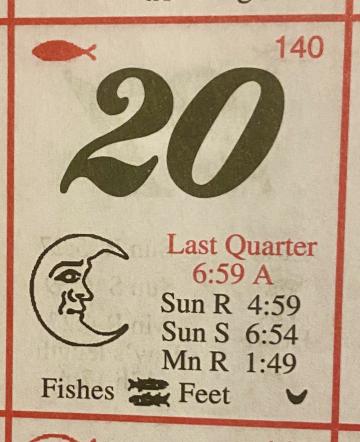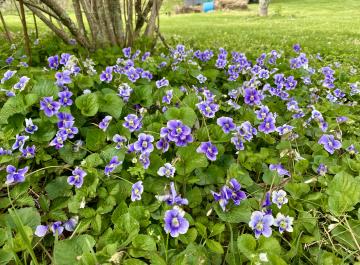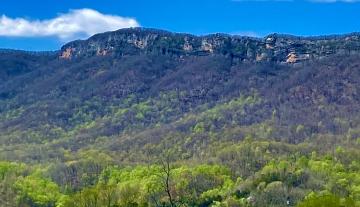The Unappreciated Summer Sweat
Summer is my least favorite season with all the bugs, heat and humidity. With winter when it’s cold you throw on another layer of clothes and your good, but with summer you can run around buck naked and still be miserably hot just standing around. And then there is all the sweating, a particular negative in public, with the B.O. and wet spots on your clothes. Summer season is sweaty season, something I do not like. However, some personal research has revealed that I need an attitude adjustment, for it turns out sweating does the body good.
Everyone knows that we sweat to keep our body temperature from spiking, a condition called hyperthermia. We sweat through glands located in our skin, the largest organ we have. These sweat glands make our skin essentially a third kidney. When we sweat all over while doing outdoor activities on a hot day, it not only cools us off, but the sweat also carries toxins out of our body, which in turn boosts our immune system. Here’s a rundown of the benefits of building up a good sweat.
- Read more about The Unappreciated Summer Sweat
- Log in to post comments

